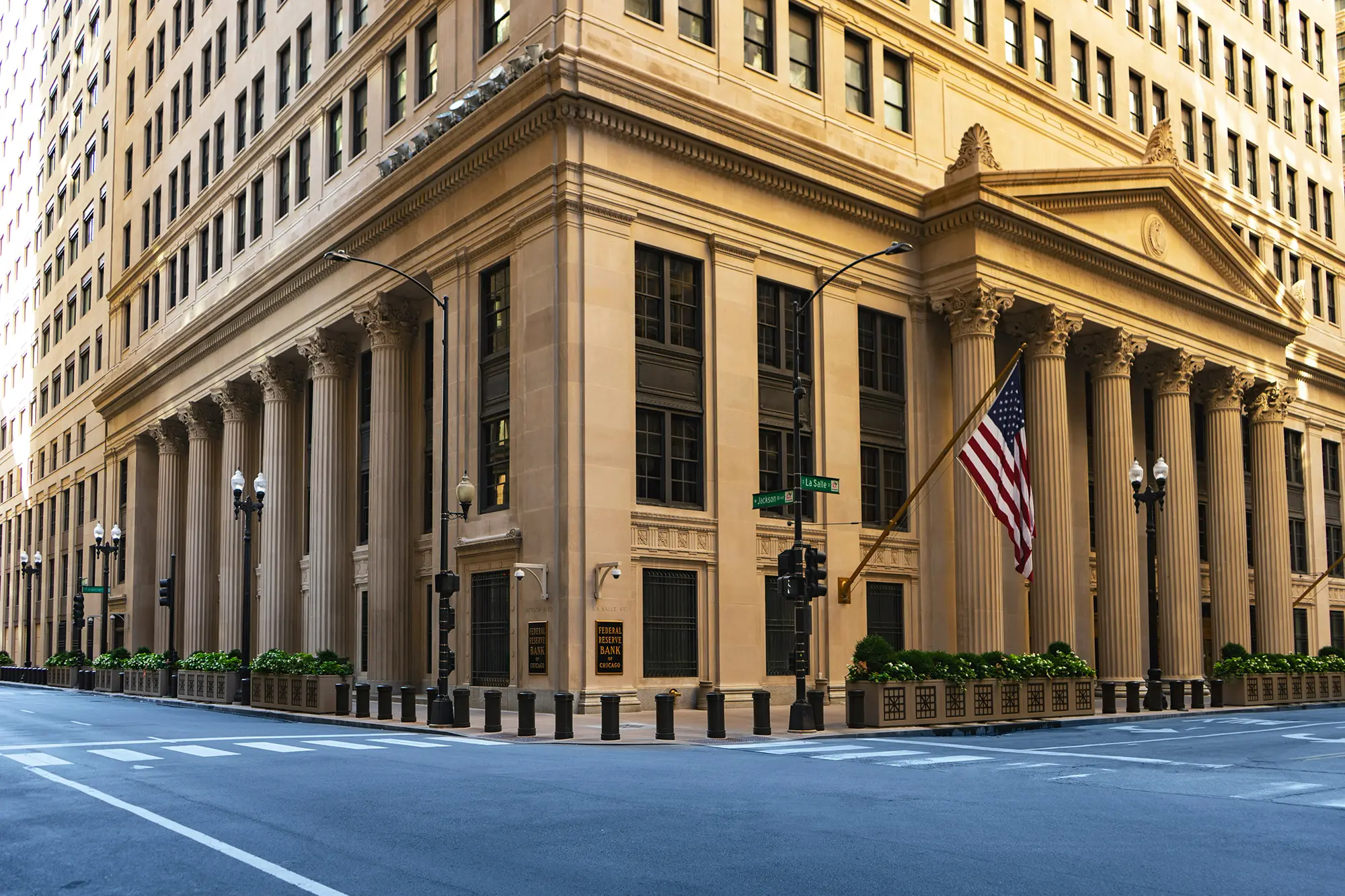Over the past couple of years, I've been very interested in that there’s been a US consensus of economists that the US was about to go into recession. The majority of market economists believed that for the previous couple of years. The reason for that was that the yield curve was inverted. Short term rates were higher than long term rates.
My argument was that even in that circumstance, you couldn't have a U.S. recession because the budget deficit was so large. There was so much stimulus being provided to the U.S. economy that it would keep growth strong. I talked about it as being “a wartime stimulus in a peacetime economy”.
Now, the rather startling result of that US budget stimulus, particularly the Inflation Reduction Act, which encourages building electric cars in the United States and spending on the energy transition and the Chips Act is that you've had an enormous explosion in expenditure on Factory building. Here's the chart shown from the Federal Reserve Economic Database showing that dramatic explosion. There are a number of different slides which are less dramatic, but I thought that this would be showing how heroic this amount of spending was.

The rise of factory building, in the scenario that I provided a couple of months ago, was supposed to top out in the second quarter of this year and then start falling. Unfortunately, it decided to continue to go up. We think that after a 31% annualized growth in this spending in the first quarter, this was followed by a 22% growth in annualised spending in the second quarter. Hopefully in the part of the chart you can't see because it hasn't happened yet, the current scenario now is that this forms a plateau. It drops from about 20% growth to about 1% growth and no growth in the final quarter, and then next year, it begins to decline.
The rate of decline of this manufacturing construction spending in 2025 is pretty significant: 24% annualised in the first quarter, 12% in the second quarter, and 12% in the third quarter and then gradually, it drips away. As that happens, the U.S. economy slows down. So, the U.S. economy in the second quarter of 2024 grew faster than we thought, 3% annualised. That should slow to 2.8% annualized in the third quarter, 1.9% annualised in the fourth quarter.
What that means is that for a full year in 2024, the annual growth rate of GDP is 2.7%, and that drops to 2.1% next year.
Well, that’s stronger growth. I thought does that knock over our forecast for cuts in the Fed Funds? So, I ran the Fed funds rate model.
Our Fed funds rate is still allowing for very significant cuts in the short term because it's not about growth. It's about the falling inflation, which is driving the Fed funds rate model down.
So, the fed funds rate currently stands at 485 basis points, which is after a 50-basis point cut. Our model says fair value is 349 basis points. That means a cut of 1.35% from where we are now. I think rates will fall at 25 basis points every meeting pretty until we reach that level near 3.50%.
We compare that to our RBA model, where the model is at 4.2% and the actual rate is 4.35%. So, there's really no prospect of rate cuts in Australia for the next couple of quarters.
For those interested in policy or prospective policy in the US election, I'll do more about this in future meetings. But there was a terrific interview, which you can find on YouTube, between Trump and John Micklethwait, who is one of the toughest guys on Bloomberg. It was interesting for me because it was for the Economic Club of Chicago. If you've been to Chicago, you've seen the Trump Tower. You'll see Trump has a significant presence in Chicago. It was an extremely interesting discussion about tariffs.
John Micklethwait took up the issue that there's a economists' consensus that inflation will be higher under Trump than under Biden Harris. That is not my view. I have written about this before. If you look at the record, when Trump was doing the exact same sort of policies that he's talking about introducing now, in his first term, the average inflation rate was 1.8%. But running the numbers this morning again, prices were up so far by 22.2% under Biden/ Harris. And the average inflation rate is 4.4%. The Biden /Harris level of inflation is two and a half times the level under Trump.
That happens because of very large amounts of Biden/Harris deficit spending.
This is providing “A wartime stimulus in a peacetime economy”.


.jpeg)



.jpeg)




